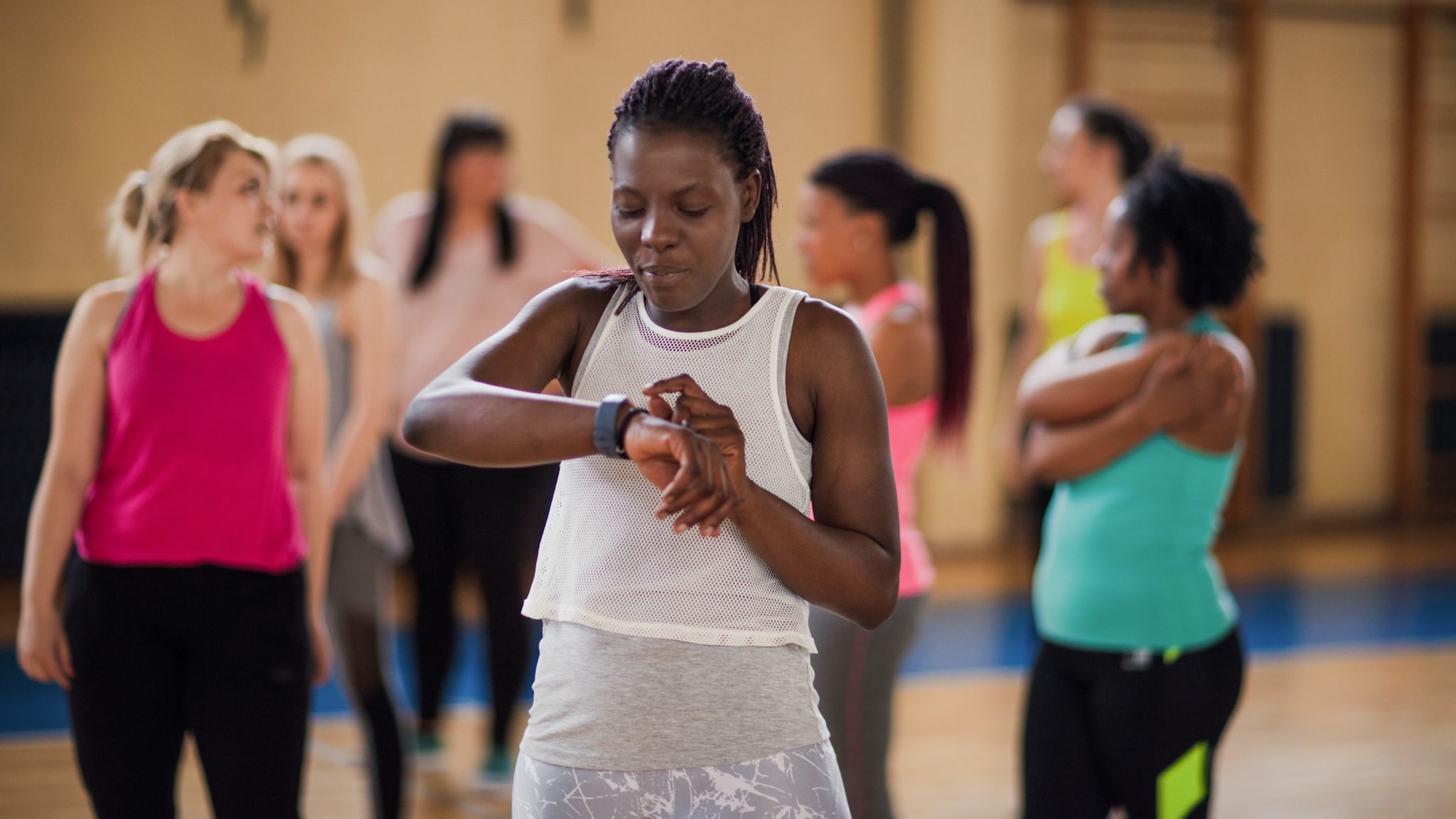Key points
- Physical activity intensity affects heart rate and breathing.
- Intensity can be measured several ways.
- Moderate- or vigorous-intensity physical activity is recommended weekly for everyone ages 6 and older.

Measuring physical activity intensity
Aerobic physical activity intensity is how hard a person works to do an activity. Two levels of intensity important for physical activity and health are moderate and vigorous.
Examples of moderate-intensity activities:
- Walking briskly (2.5 miles per hour or faster)
- Recreational swimming
- Bicycling slower than 10 miles per hour on level terrain
- Tennis (doubles)
- Active forms of yoga (for example, Vinyasa or power yoga)
- Ballroom or line dancing
- General yard work and home repair work
- Exercise classes like water aerobics
Examples of vigorous-intensity activities:
- Jogging or running
- Swimming laps
- Tennis (singles)
- Vigorous dancing
- Bicycling faster than 10 miles per hour
- Jumping rope
- Heavy yard work (digging or shoveling, with heart rate increases)
- Exercise classes like vigorous step aerobics or kickboxing
Intensity of aerobic physical activity can be defined in relative or absolute terms.
Relative intensity
Relative intensity measures a person's level of physical activity intensity. For example, an activity that is vigorous for a person of average fitness may only be moderate for a very fit person.
People often rate physical activity intensity on a scale of 0 to 10, where 0 is the level of effort required to sit and 10 is maximal effort.
Relatively moderate-intensity activity is a level of effort of 5 or 6 on a scale of 0 to 10, where 0 is the level of effort of sitting, and 10 is maximal effort. Relatively vigorous-intensity activity begins at a 7 or 8 on this scale.
For more information, see Appendix 1 of the Physical Activity Guidelines for Americans, 2nd edition, pages 58-60, or this infographic from the American College of Sports Medicine.
Absolute intensity
Absolute intensity is the amount of energy used during the activity, without considering a person's heart and lung fitness. It is defined in metabolic equivalent of task (MET). The MET estimates the amount of oxygen used by the body during physical activity.
The harder the body works, the higher the MET. One MET equals the energy or oxygen used while sitting quietly. Physical activity that burns 3 to 5.9 METs is moderate intensity. Physical activity that burns 6.0 METs or more is vigorous intensity.
For more information about the METs of specific activities, see the the Youth Compendium of Physical Activities and Compendium of Physical Activities for adults, adults in wheelchairs, and older adults.
Resources
- Calories Used in Common Physical Activities
- What Counts for Children
- What Counts for Adults
- What Counts for Older Adults

Want additional tips and resources to be active?
Learn about Active People, Healthy NationSM, CDC’s national initiative to help people be more physically active.
- Physical Activity Guidelines for Americans, 2nd edition (Appendix 1, page 108-109.
